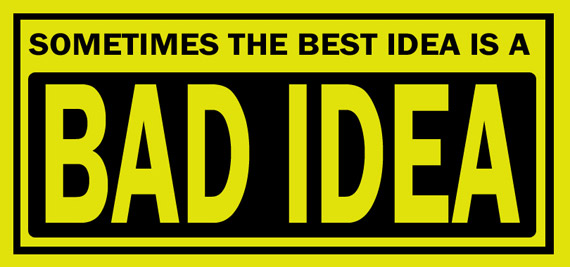COMM 388 Final Reflection
April 2nd, 2013 • Uncategorized
In the beginning of the course we learned about design and creative thinking as well as the importance of it. However, at that time we only knew it was important to think creatively and didn’t know the exact approach and techniques to use to achieve this.
During the course, we got to build on and evolve our thinking process through doing activities, readings, practicing techniques, and thinking strategies individually and collaboratively. As a result, I had the chance to experience different ways of thinking and realized what approaches I can use in the future to help with my thinking process.

The Ask, Try, and Do approach is a toolkit that I will find useful for the rest of my life. The “ask” stage is essentially brainstorming, but my personal favourite strategy in this stage would be the “story sharing” approach since it helps expand and stimulate ideas from past experience. The “try” stage focuses on experimenting, and my preferred strategy would be the prototyping concept. Through sampling, the feasibility of a product can be imagined or even experienced to understand the full function of it. Lastly, in the “do” phase, I find journaling a useful tool in laying out all my ideas to finally select one.

Also, several readings I came across in this course have guided me towards an alternate way of thinking. The article regarding the good use of BadIdeas has taught me to rethink impulsive ideas before disposing those thoughts. Most often, bad ideas are ideas at the most basic level, yet when presented are seemingly irrational. The reading illustrated 5 steps before disregarding a bad idea. Among these 5 questions I found the question asking to view a bad idea in another perspective the most valuable. The article further elaborates ways in refining bad ideas into good ideas. By tackling these bad ideas and problems that can be dealt with, the reason behind this being branded a bad idea, good solutions are usually brought up. An example from the article would be an inflatable dartboard, and a solution would be to use non-puncturing darts.

In a previous student’s – Melissa Benjamin – blog, she states that people who share the same mindsets make the same decisions. Relating this to another article that talks about the 10 faces of innovation, I think if people from different face groups were put together in making decisions, this would stimulate more ‘outside’ the box thinking. For example, the anthropologist plus the experimenter would create a humanistic yet risky approach instead of all experimenter or anthropologists. Ideas can be risky since there is always the Director to analyze this risky humanistic approach in a broader aspect and knowing if the risky idea is applicable to the organization.
For the Climate Smart project, our group got to work with a start-up company, EcoTaxFile. This is when we finally got to apply our learning from this course to the actual world.
While working with the CEO Brad and my team, I learned to think differently than how I would have usually. In the beginning of this project we took the same approach as other groups because we thought the typical way of an analyzing approach was suitable. However, EcoTaxFile is at an overly infant stage to analyze. We realized EcoTaxFile has no specific target segments and was unclear about its value proposition. This is when the ASK stage of the design thinking process began. We identified problems and think of ways to tackle them. From there we decided to run a workshop for the CEO and Michelle from Climate Smart. We moved on to the Try stage, we used the scenario technique. We imagined different customers segments and how these different customer segments will affect EcoTaxFile’s business. After evaluating all parts of the business canvas we completed the design thinking process by developing a complete business model canvas for EcoTaxFile. Carrying out this project in a completely different way than we thought we would.
Overall, I think this course has acted as a stepping-stone for me. The short amount of time has not allowed me to fully grasp the essence of these various designing strategies, and I am certain my learning will go on as I have more opportunities to apply the knowledge I learned in the future.